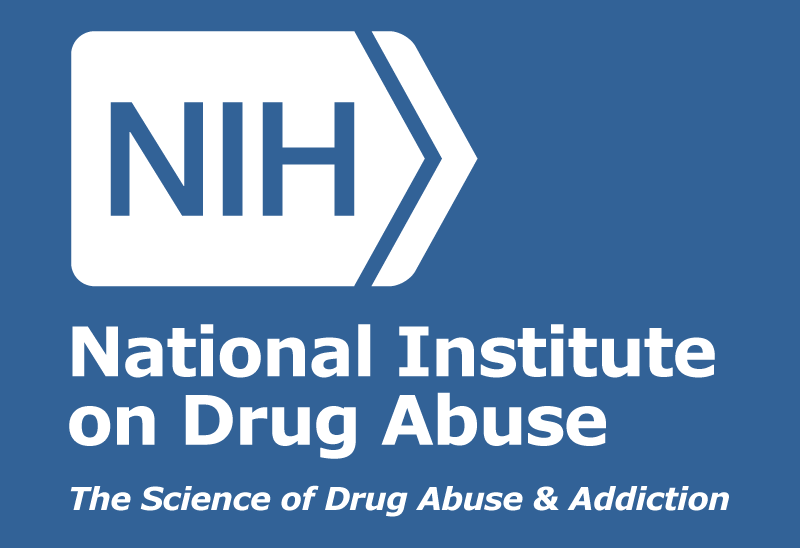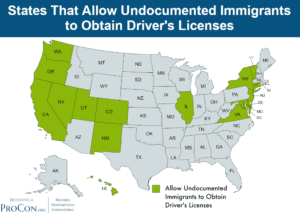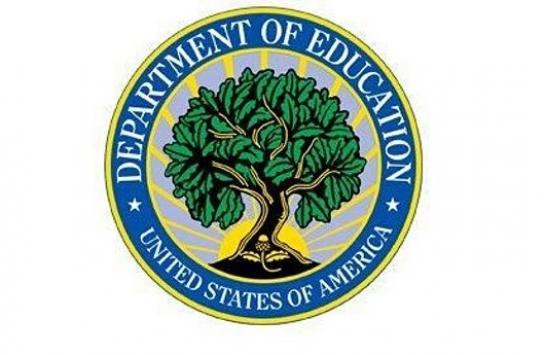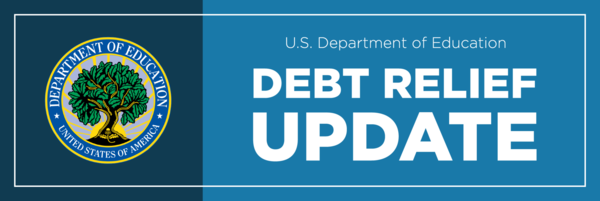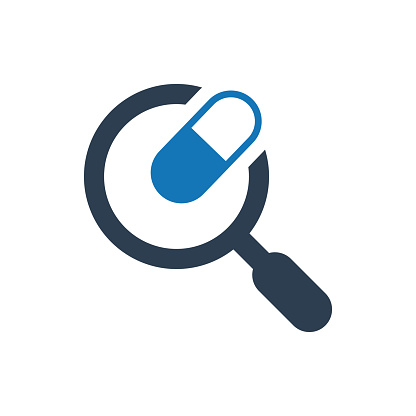Thanksgiving is a wonderful time of year to pause, to reflect and give appreciation for one’s many blessings. But gratitude doesn’t have to be reserved solely for holiday rhetoric; an attitude of gratitude is an important part of everyday living.
Psychological studies have demonstrated evidence that having gratitude actually improves health. These studies have found that this is even more so for children living with inter-generational trauma in the home. Whether the intergenerational trauma involves substance dependence, domestic violence, and/or poverty, children in these environments often grow up living in fear and grow to anticipate the worst. These children, vulnerable to irresolvable stress because of the day-to-day inconsistency in their home, often find gratitude difficult to come by.
These children, and the adults they later become, often feel it is impossible to see the positive in a given situation, or to have gratitude for their position in life. They may feel like the world is intent on sending them obstacles, that gratitude is out of reach, or pollyannaish.
By helping kids live an attitude of gratitude, it helps distract their attention from what challenges them, removes the need to fantasize about what they don’t have, and conditions them to focus on what gives them contentment and joy. It helps children balance out negative emotions and stress, find more energy, and increase overall contentment. This state actually reduces incessant complaining, helps boost the brain’s ability to learn, and improves a child’s ability to make better decisions.
More than a “well mannered thank you”, an attitude of gratitude for even small, everyday things, helps a person feel content, regardless of life circumstances. Current research provides evidence that gratitude is instrumental in achieving goals more fluidly, and in improving skills of empathy and resilience. A grateful attitude actually changes the perspective one has on life, raising awareness of everyday things that are special. Children and teens go through the day more relaxed and less stressed, and with a positive attitude that tends to make other people feel better as well. They also tend to sleep better.
How to Nurture an Attitude of Gratitude in Children
You can nurture individuals that have grown up in traumatic environments by showing care, modeling gratitude, engaging them in service work, and in how to keep a gratitude journal.
Show You Care. It only takes one caring adult to make a difference in the life of a child, whether you know the child professionally or personally. As a caring adult, share your feelings and explain age appropriately that you care about them. Do things together that show you care, however simple. Take part in activities you both enjoy or find meaningful. Here are some examples. Work on creative projects together. Do do chores together. Discuss their favorite books or films together. It’s the together part of engagement that makes a difference.
Model Gratitude. When spending time with kids and teens, model gratitude with a positive attitude. Give compliments, point out things to be appreciative of, say thank you to the child or teen and when they are in your presence. Then ask them what they are grateful for. Demonstrate what gratitude – and healthy thinking – looks like. In this way, you can help raise awareness of feelings, thought processes, and life skills that may not exist at home for them.
Engage them in Service Work. The American Academy of Pediatrics recommends that caring adults connect children with someone to serve. They say it works best when the person being served doesn’t technically “need charity”, as the child will feel more appreciated when thanked for service that wasn’t technically needed. Here are some examples. Arrange to have the child bring the trash cans in, or water plants, after school for a neighbor. Have a teen prepare a meal for a visiting relative, or someone who is ill. Serving others is a healthy practice that feeds one’s self confidence, improves one’s mood, and allows individuals to develop empathy. When a child or teen serves someone more intimately than helping out in a food kitchen or shelter, they additionally learn how good it feels to receive the appreciation of their service.
Keep a Gratitude Journal. In one study, after 10 weeks of writing about gratitude, individuals were more optimistic and felt better about their lives. Surprisingly, they also had fewer visits to physicians than those who focused on sources of aggravation. There are a number of ways to introduce the practice of keeping a gratitude journal. We’ve created a downloadable .pdf of an article on tips for keeping a gratitude journal, that shares some techniques shown to be beneficial.
The National Association for Children of Alcoholics provides a summary and additional examples of How to help children develop an attitude of gratitude in a downloadable infographic. They’ve also written an article about on 7 Things you can be grateful for— for adult children of alcoholics and children of trauma.
You can find more resources related to child development and mental health by selecting the “child development” and/or “mental health” option from the dropdown tab on our Social Service “Utilization Library” page.
-AMAZONPOLLY-ONLYAUDIO-START-
You can find links to the resources mentioned in this episode with the written version of this story on our website at cincinnati, dot, united resource connection, dot, org.
You’ve been listening to the Hamilton County Ohio Social Service News, now available as a podcast on Amazon Music, Audible, Apple & Google Podcasts, iTunes, and Spotify. If you have social service news to submit to this podcast, visit cincinnati dot united resource connection dot org. Once there you can also subscribe to get a free summary of the past week’s local social service news stories emailed to you every Saturday morning. So subscribe to our e-newsletter and podcast, and visit us online to discover more social service news and resources.
-AMAZONPOLLY-ONLYAUDIO-END-

